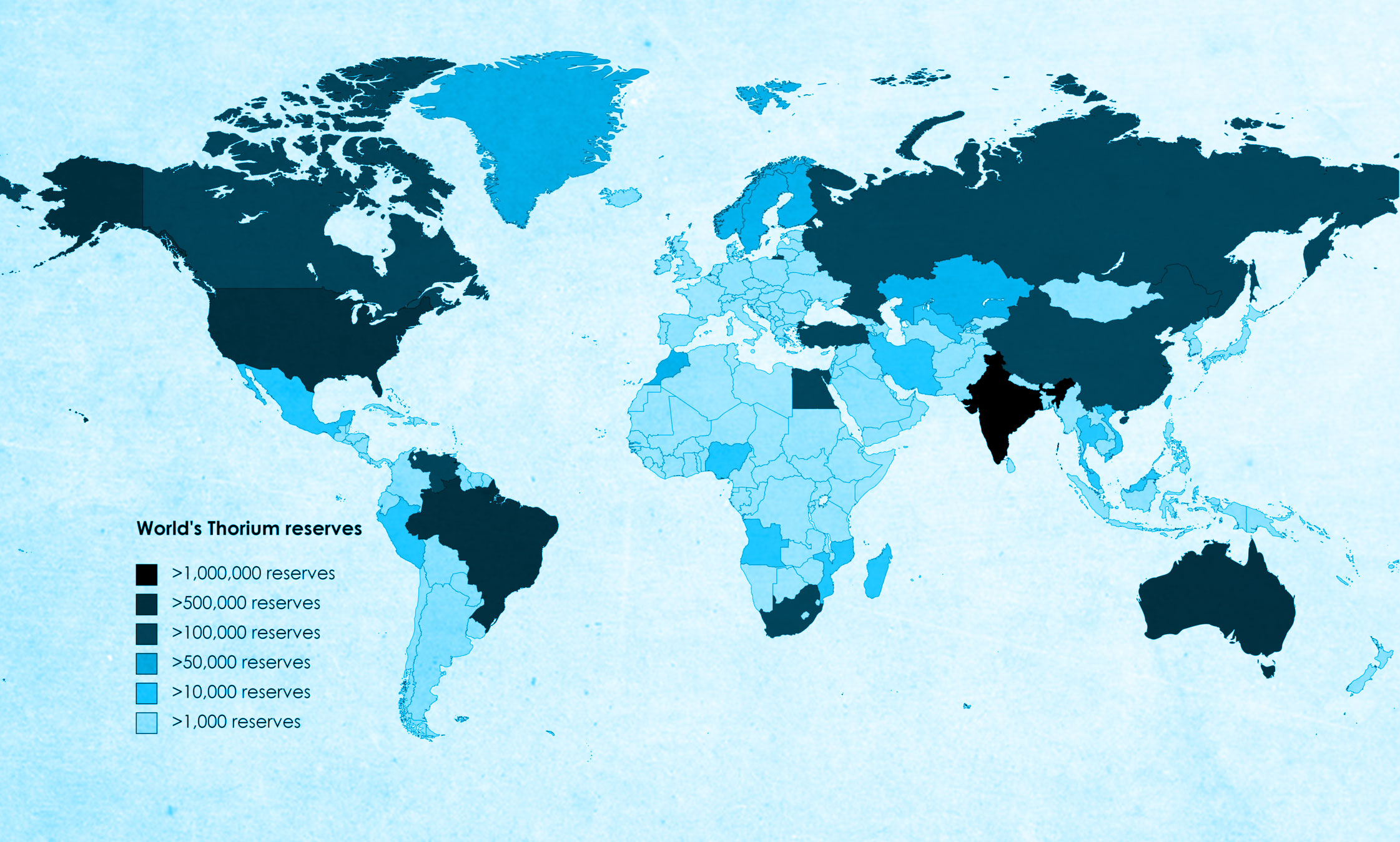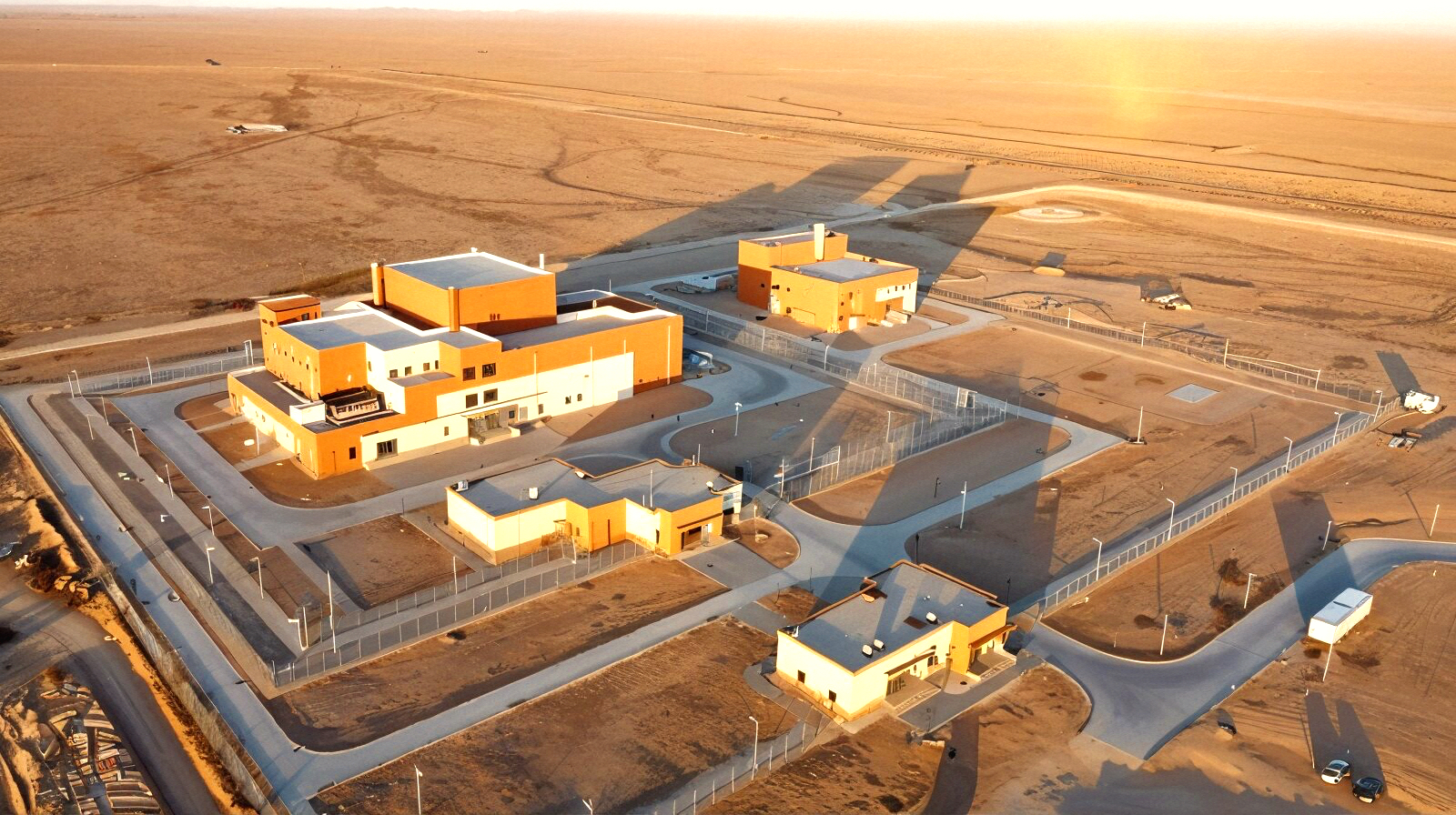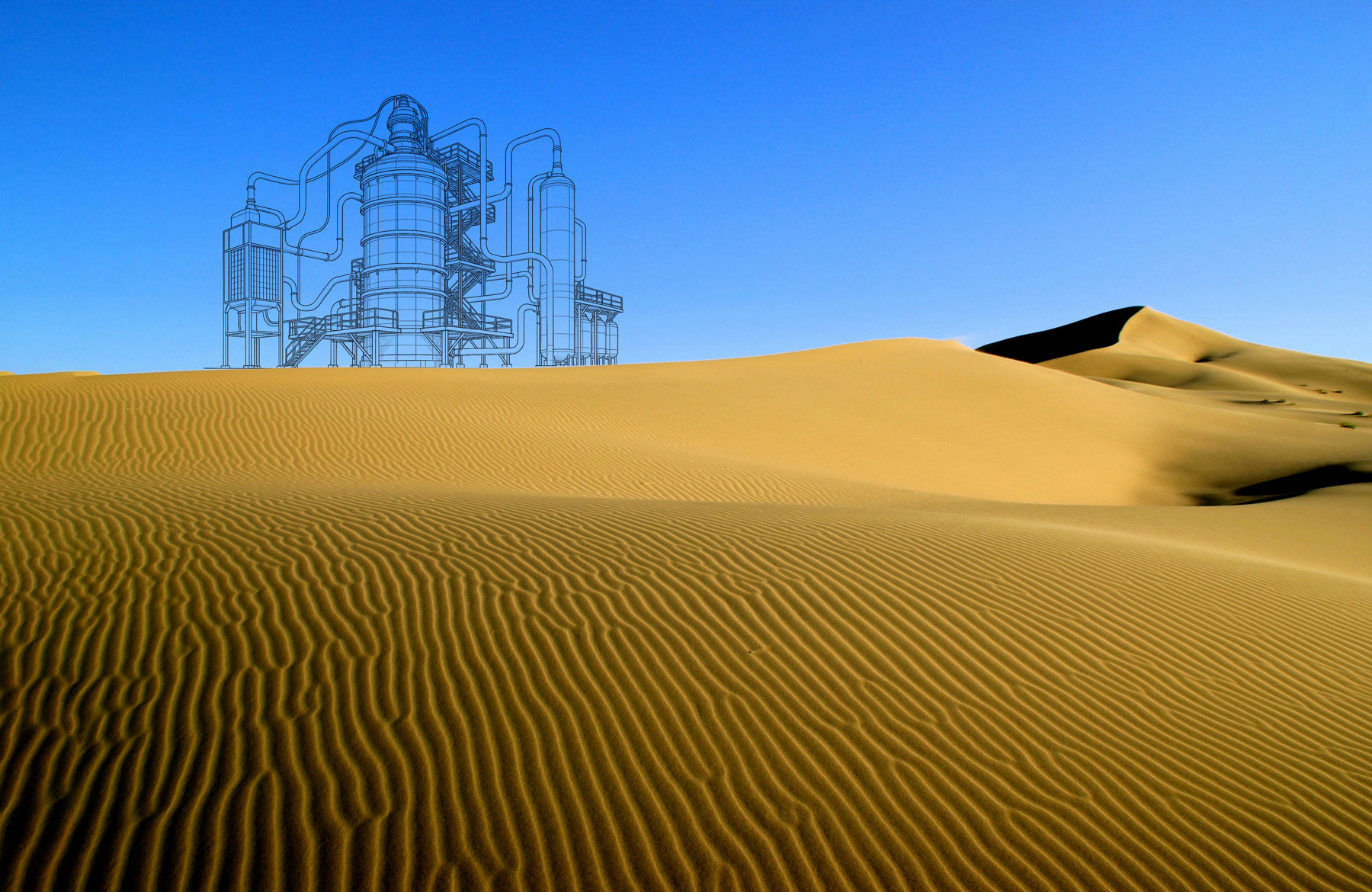Thorium Fuel: How Much We Have, How Much We Can Get, and How Long It Could Run the World?
Around the world, we’ve already mined enough thorium to run molten-salt reactors for years—and there is so much more available that fuel supply is essentially a non-issue for a thorium-based energy future.
Around the world, we’ve already mined enough thorium to run molten-salt reactors for years—and there is so much more available that fuel supply is essentially a non-issue for a thorium-based energy future.
Thorium Today: Mostly a “Waste” Product, Not Yet a Fuel
Thorium doesn’t have its own large mining industry. Instead, it shows up mixed into other ores—especially monazite sands that are mined for rare earth elements and heavy minerals like ilmenite and zircon. Because there is almost no commercial market for thorium fuel yet, most of this thorium is treated as a waste or a liability and stored in tailings ponds or drums.
For molten salt reactors (MSRs) and liquid-fluoride thorium reactors (LFTRs), this “waste” is exactly what you want: cheap, already-exposed thorium that just needs to be recovered and purified.
1. How Much Thorium Is Already Mined and Stored?
No one has a perfect global inventory, but we can bracket the scale.
- In the United States, historic thorium programs created a stockpile of about 3,000 tonnes of already milled thorium, stored as thorium nitrate in Nevada.
- Several countries (e.g. India, Malaysia, Australia, Canada) have produced thorium concentrates from monazite during rare-earth processing and then stockpiled them because there was no commercial fuel market. These are typically reported in technical and regulatory documents, not in global commodity statistics.
- One study of a proposed “thorium energy bank” estimated that rare-earth refining alone could accumulate roughly 220,000 tonnes of thorium by 2050, just from by-product streams.
Putting this together:
- Deliberately separated, drum-level stockpiles (like the US thorium nitrate) are on the order of a few thousand to perhaps tens of thousands of tonnes worldwide.
- Thorium contained in existing mineral-processing residues (tailings, slimes, monazite concentrates) is already in the hundreds of thousands of tonnes, much of it in India, China, Brazil, Australia and the US.
From an MSR designer’s point of view, all of this material is “already mined fuel” that can be tapped as soon as there is a reason to recover it.
2. How Much Thorium Can We Still Mine?
Here we have much clearer numbers, because geological surveys track thorium resources even if they’re not currently used.
Identified economic reserves
Different organizations give different totals depending on what counts as “reserves” (only well-explored, economically viable deposits vs. broader resource estimates):
- An often-cited NEA/IAEA compilation lists about 6.3 million tonnes of thorium reserves worldwide.
- More recent aggregated country data suggest around 14–15 million tonnes of identified thorium reserves as of 2025.
Either way, we’re talking on the order of ten million tonnes of reasonably well-characterized, economically recoverable thorium.
Thorium is widely distributed. Large in-country estimates include: India, Brazil, Australia, the US, Turkey, Venezuela, Egypt, and a cluster of CIS states, plus significant deposits in Norway, Canada, South Africa and China.
Monazite sands and associated resources
Most thorium is hosted in monazite, a rare-earth phosphate mineral that typically contains about 6–7% thorium.
- World monazite resources are estimated at ~16 million tonnes, with about 12 million tonnes in heavy-mineral sand deposits along India’s coasts alone.
- At 6–7% thorium, that Indian monazite alone implies hundreds of thousands of tonnes of thorium that could be recovered if there were a fuel market.
New surveys are still increasing the known resource base. For example:
- Recent work at China’s Bayan Obo rare-earth mega-deposit suggests it may hold around 1 million tonnes of thorium, enough (in Chinese estimates) to power the country for tens of thousands of years with advanced thorium reactors.
Geological abundance
On the really long view, thorium is simply not scarce:
- Estimates of the total thorium in Earth’s crust are about 120 trillion tonnes.
Most of that will never be economic to mine, but it shows we’re nowhere near a geological limit. The practical limit is how much we choose to explore and at what price, not whether the element runs out.
3. How Long Could Thorium Power the World?
To answer this, we need three ingredients:
- Global energy demand today
- Energy per tonne of thorium in a molten-salt fuel cycle
- How many tonnes we’re willing and able to use (reserves vs. resources)
Step 1: Global energy demand
Recent statistics put global primary energy consumption at roughly:
- ~620 exajoules per year, which is about 170,000 TWh per year (17 × 10⁴ TWh).
That’s “all energy”: electricity, heat, transport fuels, industry, etc.
Step 2: Energy per tonne of thorium in MSRs
In a well-designed molten-salt reactor with a closed thorium–U-233 fuel cycle:
- One tonne of thorium can effectively power a 1,000 MWe reactor for about one year, according to several technical assessments.
A 1,000 MWe plant running at high capacity produces about 8–9 TWh of electricity per year. So a realistic engineering estimate is:
≈ 8 TWh of electricity per tonne of thorium in an optimized molten-salt breeder configuration.
Popular articles sometimes quote 1 TWh or 24 TWh per tonne, depending on assumptions about conversion ratio, burnup and system boundaries.
For a global planning estimate, 8 TWh/tonne is a reasonable middle-of-the-road figure for advanced MSRs.
To compare fairly with “primary energy” statistics, you either:
- Convert 8 TWh electricity to primary energy (assuming, say, a fossil plant at 35–40% efficiency), or
- Imagine a future where most primary energy use is electrified, and just compare on a delivered-electricity basis.
For simplicity, we’ll use the second view: “What if we electrify as much as possible and supply that with thorium MSRs?”
Step 3: How many years do identified thorium reserves cover?
Take a conservative 10 million tonnes of thorium from the middle of the 6–15 Mt reserve range:
- 10 million tonnes × 8 TWh/tonne = 80 million TWh of potential electricity.
Compare that with current total primary energy use (~170,000 TWh/year equivalent):
- 80,000,000 TWh ÷ 170,000 TWh/year ≈ 470 years
If we instead use the higher 14–15 million tonne reserve figure, we get ~700 years at today’s energy consumption, before counting any future discoveries or the enormous low-grade resources in the crust.
What about “already mined” thorium?
If we assume, very roughly, that:
- There are 20,000–50,000 tonnes of thorium already separated globally (strategic stockpiles plus higher-grade concentrates that could be cleaned up)
then, at 8 TWh/tonne, that’s:
- 160,000–400,000 TWh of potential electricity
Compared with current annual global primary energy use:
- That’s about 1–2+ years of today’s total world energy demand, already in the pipeline as by-products and stockpiles, waiting for a reactor technology that wants them.
Remember, that’s just the “low-hanging fruit” from past mining and rare-earth processing—not fresh mining targeted at thorium.
If we include broader resources
If humanity chose to tap:
- The full monazite resource base (~16 million tonnes)
- Ongoing by-product thorium from future rare-earth, titanium and zircon mining
- New deposits like Bayan Obo’s thorium-rich ores that are still being quantified
then the effective thorium resource for MSRs stretches into many thousands of years at anything like current demand levels.
On geological timescales, if even a small fraction of the 120 trillion tonnes in the crust became economically recoverable, the limiting factor would be reactor building, not fuel supply.
What This Means for Molten-Salt Thorium Reactors
Putting it all together:
- Already mined / stockpiled
- A few thousand tonnes in documented strategic stockpiles.
- Hundreds of thousands of tonnes effectively “on the surface” in monazite tailings and rare-earth residues, much of it in India, China, Brazil, Australia and North America.
- Still to mine (identified reserves)
- 6–15 million tonnes of reasonably well-characterized reserves worldwide, with likely tens of millions of tonnes of additional resources that could become economic as demand appears.
- Time horizon at today’s global demand
- Several hundred years (≈500–700 years) from identified reserves alone, assuming advanced MSRs achieving ~8 TWh per tonne and roughly current world energy consumption.
- Thousands of years when including broader resources, by-product streams and new deposits now being explored.
The bottom line: for molten-salt thorium reactors, fuel availability is not the bottleneck.
The real challenges are on the engineering, licensing, financing and deployment side—perfecting reactor designs, building out supply chains, and integrating these reactors into a decarbonized global energy system where they can complement renewables, storage and existing nuclear.







